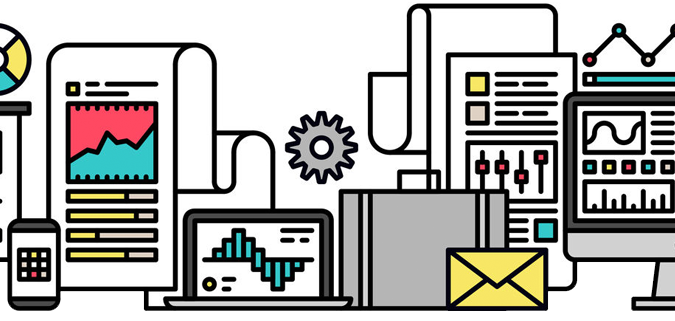
Service providers in the last decade have made significant efforts to pivot from commoditized IT and BPO services to more “higher value” services like research and analytics. We know this has been the direction of the industry up to today. Analytics services have had the fortuitous blend of:
- higher margins
- rapid market growth and demand
- evolving offerings/scope for differentiation
- the potential to make big impacts on clients’ business performance
From the likes of IBM to the smallest boutique analytics house, there’s enough room for everyone to grow right now because of these factors. However, with the significant pace of change we’re seeing in the services industry overall, will we still live in the same market in five years’ time? A few factors that our research points to could really shake up the portfolio of work that analytics service providers feast off of today.
Here are three critical success factors for analytics engagements that service providers will need to address if they want to be in business in five years’ time (btw 2021 is just in five years!):
- Mash up automation advancements with analytics services: So much of analytics revenue in the days past and present revolves around better data management – extraction, deduplication, cleansing and enrichment. These are manual tasks that were often outsourced; and now need to be automated. Similarly, ongoing report generation has much room for efficiency where analysts spend too much time on routine data-pulls and chart population. The writing is on the wall – repeatable, rote tasks can be automated to a great degree today, whether you use RPA or other more intelligent IA technologies (read more about our continuum here). These big revenue sources will dry up or become even more commoditized as this shift occurs. Service providers need to test new grounds to find the right “human + machine” combinations across the lower rung of the analytics services value chain, not just concentrating on machine learning as a means of developing the next best algorithm.
- Calibrate and experiment with the right skills/location mix to really deliver business value: Service providers need to partner and take some risks to figure out answers to questions like – How much onsite presence do you actually need vs. are willing to spend on, and what impact would that have on the results of the engagement? What types of multi-disciplinary teams do you need to bring together to bridge the gap of having teams that are “too technical”, “don’t understand our industry” or “aren’t really working on cutting edge data visualization?” These are the usual complaints I hear from analytics clients, even though they don’t have the right answers either – perfect data scientists that have advanced skills across tech and business are unicorns today. Providers that want to stick around need to invest in broad curriculum ecosystems (internal/external) to create this talent pool for the future as well as experiment with new team/skill compositions.
- Develop IP, partnerships and business models somewhere between prepackaged portfolios and “futuretech”: Most service providers will have a traditional “restaurant menu” of analytics solutions for customer, risk, operations, and industry verticals…the models are 80% of the way there and customized for client environments, with ongoing model validation. They will also have a super-jargonated mega solution at the cutting edge of technology (read: no clients yet) that seemingly solves all your data and analytics challenges with one swift implementation, but comes with a significant price tag and a lack of resources that actually understand how to work the solution. The truth is, a lot of clients seek something in the middle – a stable, trust-based partnership where instead of being tied into global rate cards for traditional services, both parties can test and develop digestible new projects and incentive structures. The client of a big analytics service provider explained to me his challenge with this approach, “Their short engagements were never short, nothing less than 15 weeks. Their processes aren’t nimble enough for the kind of work we’d like to work on with them.”
In the next five years, wherever enterprises believe they are in their analytics journey, they are still going to be in an organizing phase. They are still figuring out how to develop further their technology platforms, data extraction and integration, big data infrastructure, data scientists, PhD and analyst skills development, relationships with analytics service providers, and an overall organizational reorientation to be more data-driven. To make real progress, service providers and clients will need to collaborate, experiment, and connect and partner across business units and regions. It also means partners will need to work through confusion, duplication of effort and change management, because we are talking about behavioral change here. Service providers that want to win analytics services business in 2021 need to be prepared for these changes, in client organizations as well as the analytics engagements that will be demanded by them.
Posted in : kpo-analytics, smac-and-big-data






